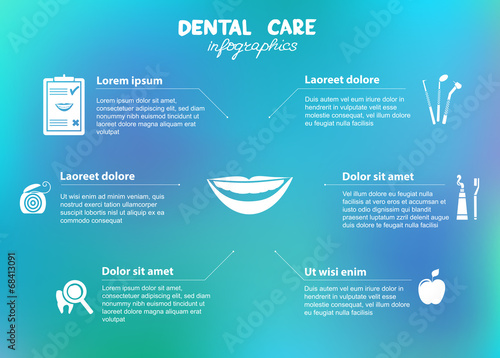Investigate The Cutting-Edge Developments That Are Changing Oral Surgery. Discover What The Future Holds For This Field And Maintain Yourself Notified. Click Now For A Special Sight Of Upcoming Advancements
Investigate The Cutting-Edge Developments That Are Changing Oral Surgery. Discover What The Future Holds For This Field And Maintain Yourself Notified. Click Now For A Special Sight Of Upcoming Advancements
Blog Article
Created By-Hermansen Jefferson
Welcome to the world of dental surgery, where advancements and advancements are forming the future of the field! In this exciting realm, you'll witness the transformative power of robotics, the cutting-edge wonder of 3D printing, and the game-changing impact of minimally intrusive strategies.
The future of dental surgery holds a promise of accuracy, efficiency, and improved client end results. With the help of advanced robotics, specialists have the ability to carry out complex treatments with higher precision and control.
3D printing technology is revolutionizing the production of oral implants and prosthetics, using tailored options that fit seamlessly right into each client's one-of-a-kind composition.
In addition, minimally invasive techniques are minimizing post-operative discomfort and recuperation time, allowing people to return to their daily lives quicker.
Prepare to explore the exciting developments and advances that are reshaping the landscape of oral surgery!
Advancements in Robotics
One major innovation in dental surgery is making use of robot modern technology, which enables accurate and efficient surgeries. With click this over here now of robotic systems, dental cosmetic surgeons have the capability to carry out complicated surgical procedures with boosted accuracy, minimizing the threat of human error.
These robotic systems are outfitted with innovative imaging innovation and specific instruments that enable doctors to browse with complex physiological structures effortlessly. By utilizing robot technology, specialists can achieve greater medical accuracy, leading to improved individual end results and faster healing times.
In addition, the use of robotics in oral surgery enables minimally intrusive treatments, reducing the trauma to surrounding cells and promoting faster healing.
3D Printing in Dental Surgery
To improve the area of dental surgery, you can discover the subtopic of 3D printing in oral surgery. see post has the potential to change the method dental cosmetic surgeons operate and treat individuals. Below are 4 essential methods which 3D printing is forming the area:
- ** Customized Surgical Guides **: 3D printing allows for the creation of extremely accurate and patient-specific medical overviews, improving the precision and efficiency of procedures.
- ** Implant Prosthetics **: With 3D printing, dental doctors can produce personalized implant prosthetics that flawlessly fit an individual's distinct makeup, leading to better end results and client contentment.
- ** Bone Grafting **: 3D printing makes it possible for the manufacturing of patient-specific bone grafts, minimizing the demand for traditional implanting strategies and improving recovery and recovery time.
- ** Education and Training **: 3D printing can be used to develop reasonable medical designs for academic purposes, allowing dental doctors to exercise intricate treatments prior to executing them on individuals.
With its prospective to improve precision, personalization, and training, 3D printing is an exciting advancement in the field of dental surgery.
Minimally Invasive Strategies
To even more progress the area of dental surgery, embrace the possibility of minimally intrusive methods that can considerably benefit both specialists and patients alike.
Minimally intrusive methods are changing the field by decreasing medical trauma, minimizing post-operative discomfort, and accelerating the recovery procedure. These methods include making use of smaller sized lacerations and specialized tools to do procedures with precision and performance.
By utilizing advanced imaging innovation, such as cone light beam computed tomography (CBCT), doctors can properly prepare and perform surgical procedures with very little invasiveness.
Additionally, making use of lasers in dental surgery enables exact tissue cutting and coagulation, causing minimized blood loss and reduced healing time.
With minimally intrusive strategies, clients can experience much faster healing, decreased scarring, and boosted results, making it an important element of the future of dental surgery.
Verdict
So, as you can see, the future of dental surgery is unbelievably appealing, with exciting advancements and developments shaping the area.
From the innovations in robotics to the use of 3D printing and minimally invasive methods, dental surgeons are revolutionizing the way they supply care.
While some might stress over the possible price connected with these innovations, it is essential to keep in mind that these innovations inevitably improve individual end results and reduce recuperation time, making them well worth the financial investment in the long run.
